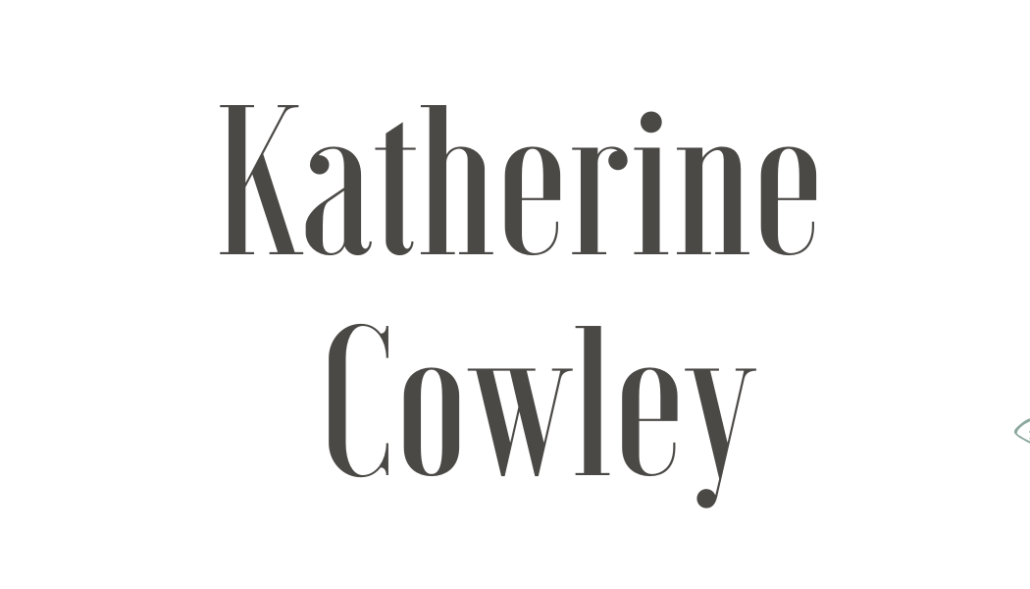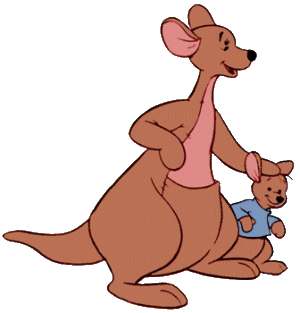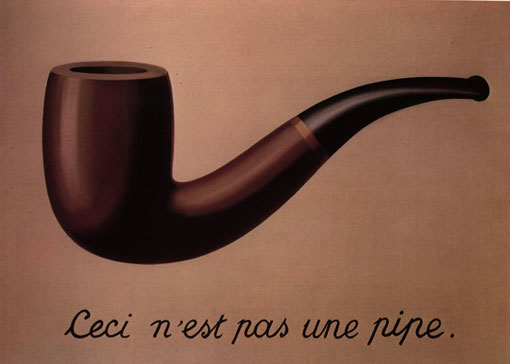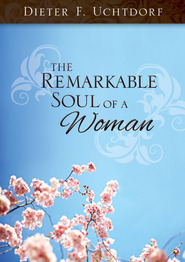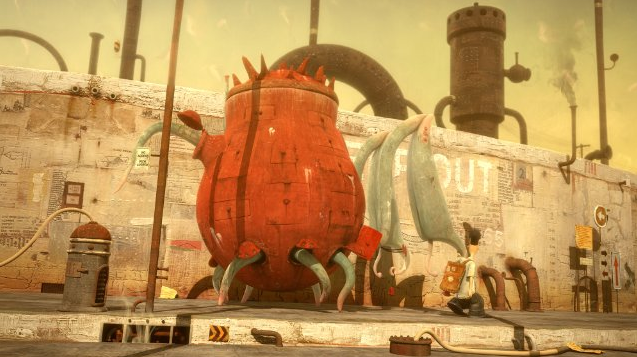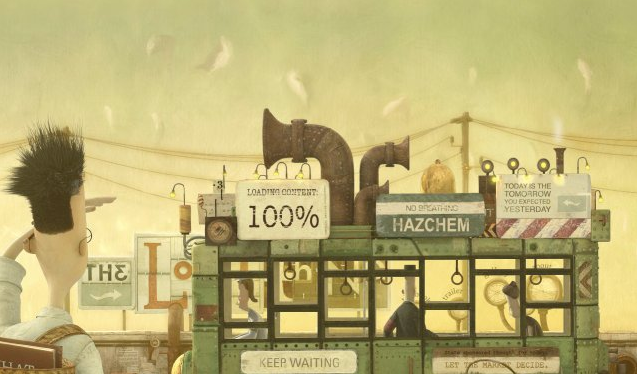Why I’m Still Going to Tell my Daughter That She’s Beautiful
Last week Lisa Bloom wrote an excellent article in the Huffington Post titled “How to Talk to Little Girls.” I agree that it’s sad that “twenty-five percent of American women would rather win America’s Next Top Model than the Nobel Peace Prize.” I agree that you should talk to little girls about their minds and “model for [them] what a thinking woman says and does.” I pretty much agreed with everything she wrote and how she wrote it. But a day later I found myself a little bothered by Lisa Bloom’s argument.
What Bloom proposes is that you should not talk to little girls about their looks, clothes, hair, etc., because “teaching girls that their appearance is the first thing you notice tells them that looks are more important than anything.”
Thus, when I tell my daughter that she is beautiful or when her grandma complements her on a cute outfit, we are ruining her.
I can’t bring myself to believe that this is true.
I agree with Bloom’s intent, and believe that our culture has major problems. I find myself regularly angered by the objectification and sex-tification of women, and increasingly so with the male-as-eye candy (“let’s objectify men because they objectified us first”). And I believe that a focus on appearance can feed into these things, as well as a list of other problems.
However, I feel much more comfortable with a modified version of Bloom’s argument: “Only focusing on physical appearance will cause long term damage on the well-being of little girls.” I think the word only is the key.
Let’s imagine the reverse. A little girl that grows up, never once having anyone complement her physical appearance. To me, this could be just as damaging, even if all little girls were treated that way. The problem is that it devalues the body, says that the body is not important, an annoyance even. Something that should be, at best, ignored.
But the body is important. Our minds are made up of physical matter. Our eyes experience wonder at the world. Our ears hear sounds, and with our mouths, make communication possible. The way we take care of our bodies through food and exercise makes it possible for us to run, breath, live, move, experience. Our fingers can type and turn the pages of a book.
Taken to an extreme, taking care of our bodies becomes destroying our bodies, and our society is filled with this extreme, so I appreciate Bloom’s argument even if I don’t agree with it completely.
I admit, part of my perspective on this subject comes from my membership in the Church of Jesus Christ of Latter-day Saints. Our theology teaches that our bodies are as essential as our spirits. For us, original sin was more of a transgression than a sin, the forbidden fruit necessary so we could have a full range of experiences with our bodies and spirits. Recently, one of our church leaders, David Bednar, gave a discourse entitled “Things as they Really are.” As Bednar points out, one of the challenges and risks of cyberspace is that online interaction can devalue the body, causing us to “miss the richness of person-to-person communication”; “many forms of computer-mediated interaction…can displace the full range of physical capacity and experience.”
The physical body is essential and good. Ignoring the physical body as we speak to little girls will hurt them just as we can hurt them by focusing only on physical appearance. I agree with Lisa Bloom–I want my daughter to be smart and to value her mind. I do not want her to not kill her body by dieting or change her body with plastic surgery or succumb to the propaganda that a particular physical form equates to happiness and success. And so I read my daughter books on trucks and animals, sing her songs and rhymes about both pirates and princesses, and try teaching her ridiculously big words for a child under the age of one (I couldn’t help it–incandescent is such a good word). I also help her exercise her muscles, teaching her to crawl and stand, to grab and to reach. And on some days, I dress her in an absurdly cute, frilly yellow dress covered with flowers and tell her that she’s beautiful. I hope she feels good in the same way I feel good when my husband tells me “You’re beautiful” before he asks me about what I’ve been reading, thinking, and doing.
(my daughter enjoys her physical body)
In fact, every single day I tell my daughter that she is beautiful. And every day, I teach her what it means to be a beautiful woman. A beautiful woman is appealing both inside and out. A beautiful woman is smart, and maybe some day will be like her mom and grandma and go to graduate school. A beautiful woman is spiritual and sensitive to the needs of those around her. A beautiful woman is healthy and strong, and while she takes care of her appearance, she feels confidence in her body as it is. Dearest daughter, you are beautiful.
